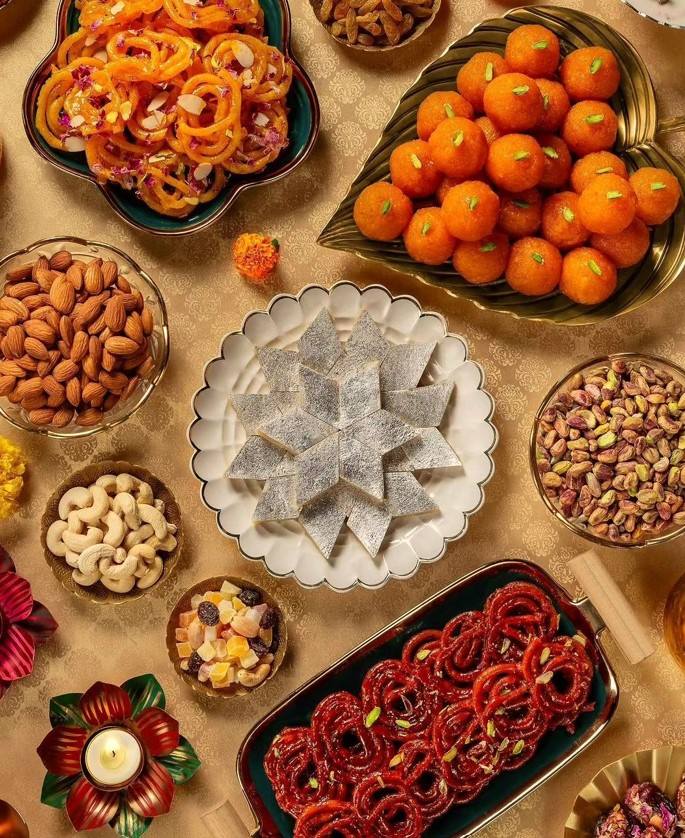Whoever knew that cashew nuts, sugar and ghee could come together to result in a decadent sweet that would arguably be hailed as one of the most versatile mithais!
We say ‘versatile’ because no matter the occasion — festive or celebratory — you can never go wrong with a box of kaju katli. The filigree foil-coated diamond-shaped pieces of heaven have reigned supreme over the Indian mithai scene for decades now. And they aren’t moving any time soon.
As you let your palate revel in the celebration of flavours the sweet brings to your mouth, have you stopped to wonder whether it was a ‘Eureka!’ moment that led to it or a similar dramatic incident?
You’ll be surprised to know there are two versions, one however holding more popularity than the other. We leave it to you to decide the brains behind the katli.

A result of serendipity
The lesser-known version of the katli’s birth credits the Marathas for it, specifically a chef Bhimrao. As he worked in the 16th-century Maratha kitchens, cooking up a storm of delicacies for the royal family, Chef Bhimrao was always experimenting with ingredients and recipes.
His personal favourite was a Parsi sweet Halwa-e-Farsi made with ground almonds and sugar. Borrowing inspiration from this, the chef created his recipe with cashews substituting the almonds. The resultant kaju katli was applauded by the Marathas who christened it owing to thin slices (katli) made of cashew nuts (kaju). The eponymous sweet became a frequent hero at the royal table and soon found its way to places across India.
To understand the other version of the sweet’s history, we travel to the 17th-century Mughal era.
A symbol of freedom
The story goes that around 1619, Emperor Jehangir, a prominent ruler of the Mughal dynasty, had captured Sikh gurus, holding them captive in the Gwalior Fort. It is said that Muslim orthodoxy made the emperor perceive Sikhs as a potential threat to the empire.
Among the detainees at the time was the sixth Sikh Guru, Guru Hargovind. While held in captivity, the guru would frequently share his teachings with the other inmates, attempting to make their time more bearable.
Watching this, Emperor Jehangir came up with an unusual condition. The guru would be released and anyone who could cling to his robe would as he walked out of the fort be set free too. Intent on liberating everyone, the guru devised a way around this condition. He ordered the 52 monarchs to make a robe long enough to be worn by everyone in prison.
On the set day, the guru walked out of prison with everyone holding onto the robe. Ironically, this day coincided with Diwali and came to be known as ‘Bandhi Chor Diwas’ to mark the liberation.
Everyone acknowledged Guru Hargovind’s method as ingenious and Jehangir’s royal chef prepared a sweet to commemorate the day. The blend of cashew nuts, sugar and ghee was relished, and needless to say, went down in history as a delicacy.
While both versions reference their unique takes on the history of the sweet, you can go for the one you love.
Edited by Pranita Bhat
No comments:
Post a Comment